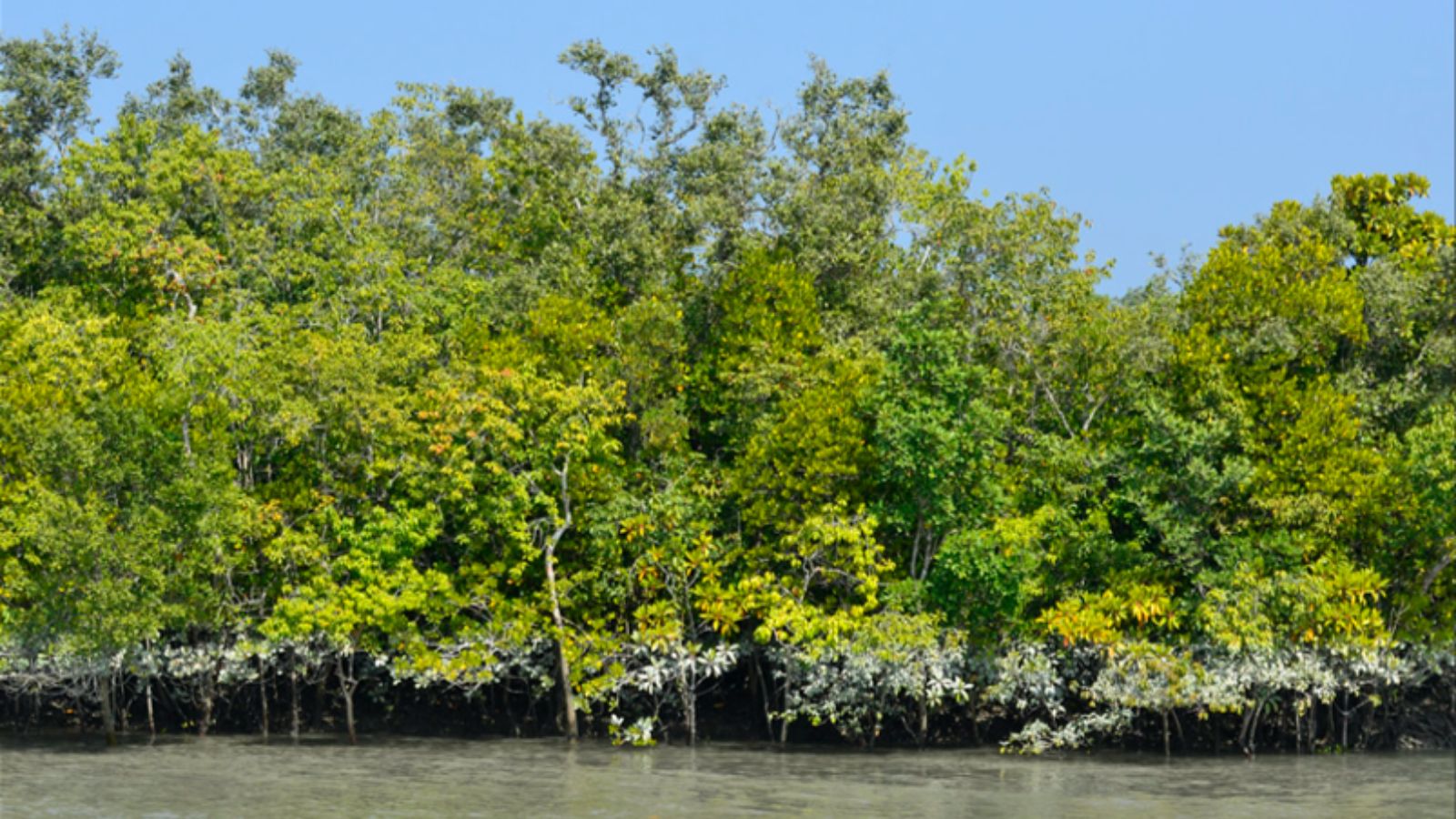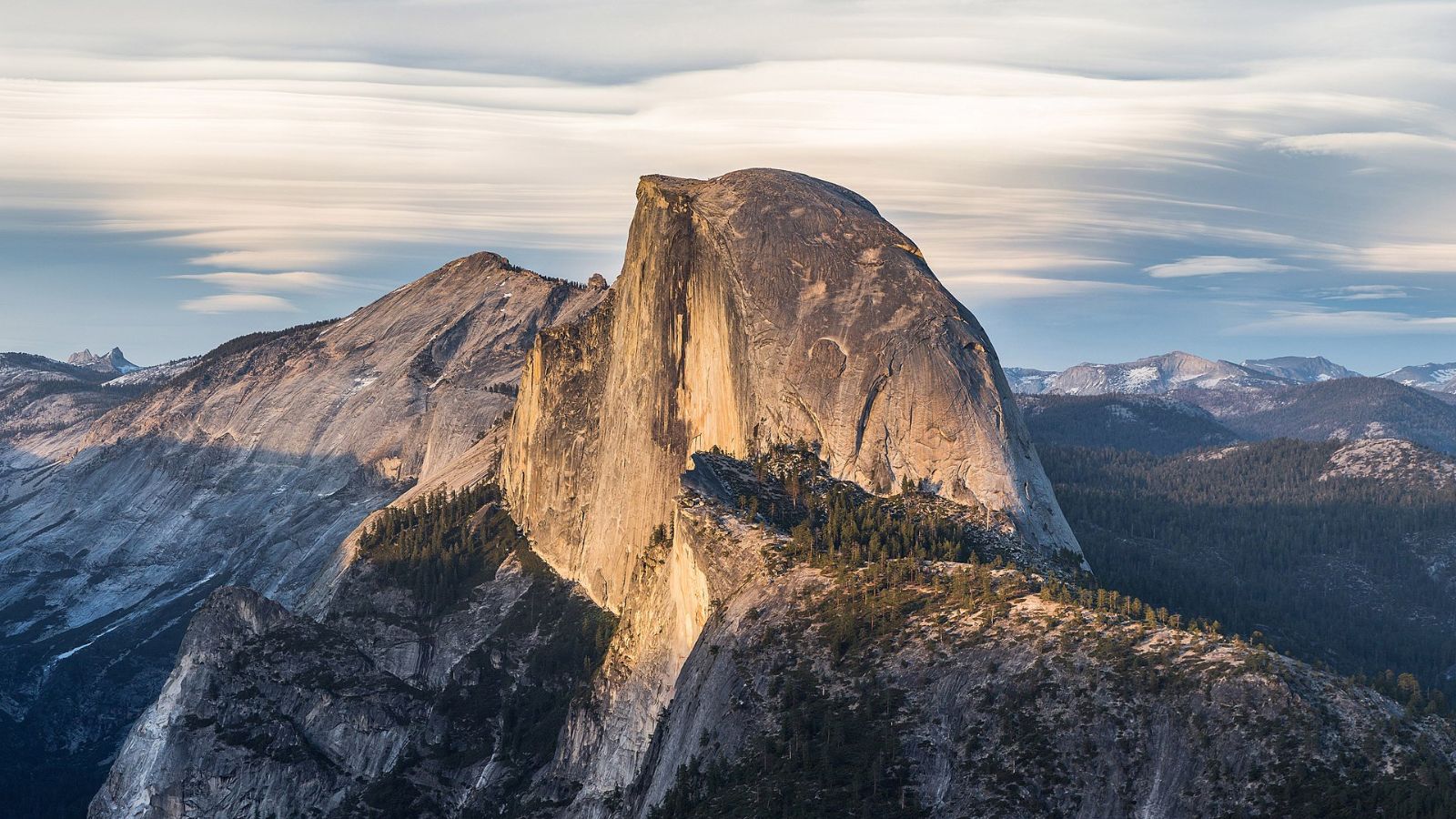The Sundarbans, a UNESCO World Heritage Site, is the world’s largest mangrove forest, spanning 10,000 square kilometers in the Bay of Bengal. This dense, swampy cluster of low-lying islands—spread across India and Bangladesh—was formed by the confluence of the Ganges, Brahmaputra, and Meghna rivers. Known for its unique, salt-tolerant mangrove plants that thrive in brackish waters, the Sundarbans is a rare ecosystem!
While the name “Sundarbans” translates as “beautiful forest” due to its natural beauty, it’s thought to have derived from sundari, the local name of the region’s predominant mangrove species, Heritiera fomes. It’s home to a diverse array of biodiversity, including the endangered Bengal tiger, spotted deer, saltwater crocodiles, and the rare Irrawaddy dolphin. Supporting over 260 bird species and acting as a natural shield with its dense mangroves, the Sundarbans is both a paradise for birdwatchers and a critical barrier protecting inland areas from cyclones and tidal surges.
The Sundarbans faces severe conservation challenges from rising sea levels, climate change, habitat destruction, and poaching. Efforts must focus on reforestation, sustainable livelihoods for locals, cross-border cooperation, and stricter anti-poaching measures.



